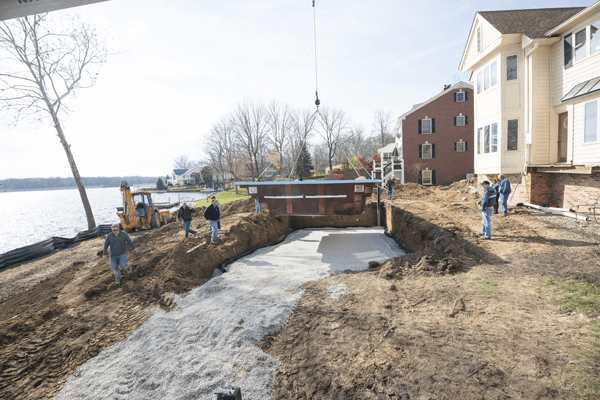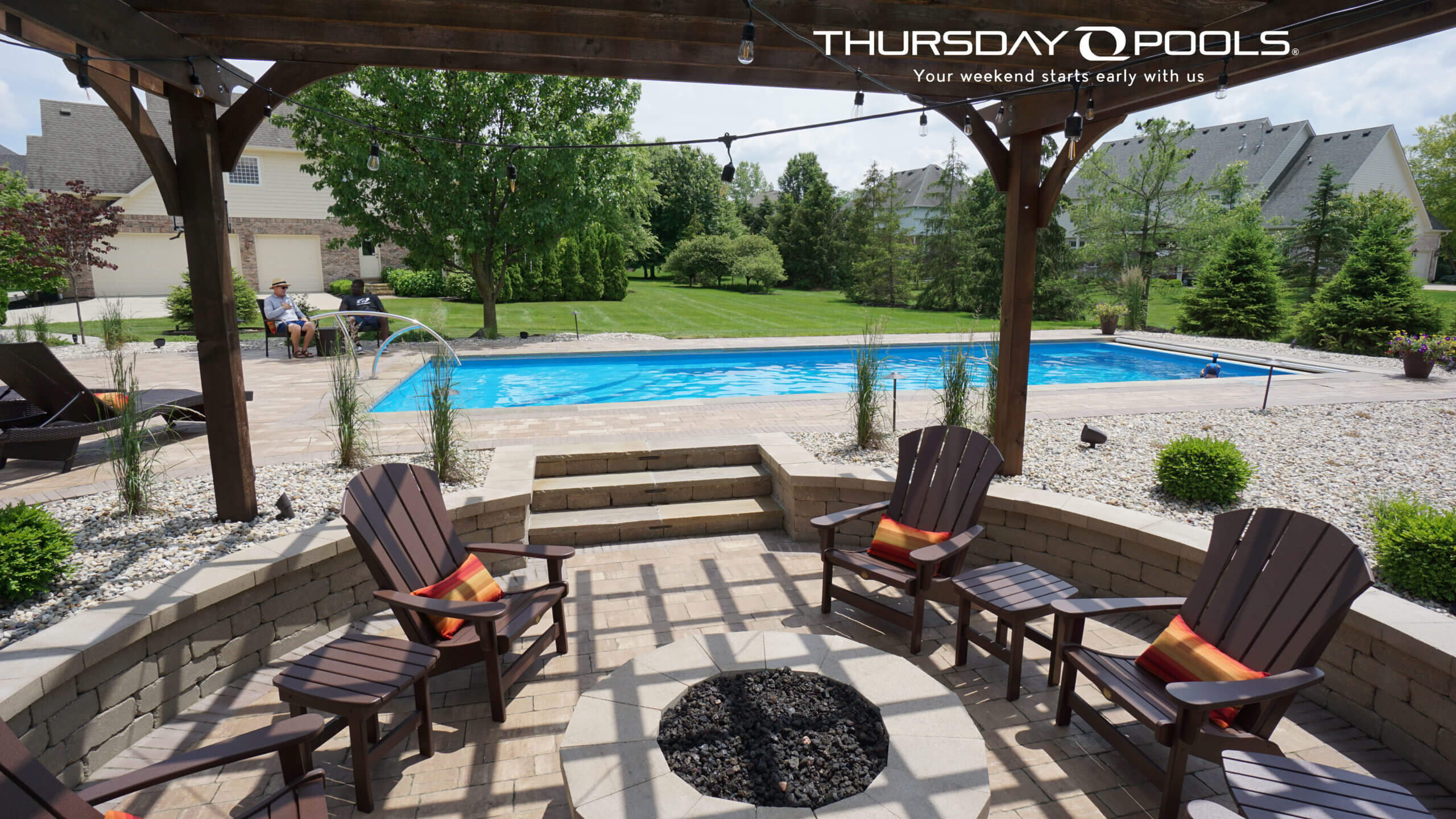877-929-7665
How to Avoid Fiberglass Pool Installations Gone Wrong

When you’re considering a significant investment, such as a fiberglass pool, you may be wondering how to avoid potential problems with installation. With decades of experience in the swimming pool industry, we’ve pretty much seen it all. Many horror stories have stemmed from DIY installations. While our pool shells aren’t available for DIY installation, things can still go awry with professionals if the process isn’t handled with care and expertise. We want to help you be well-informed and proactive when selecting a dealer to help you avoid any regrets or horror stories associated with fiberglass pool installations. Here are six key ways to ensure your installation is successful and not a nightmare.
Vet the Pool Installer
Do your research and ensure the dealer has good reviews from other installations they’ve done. Ensure you and the dealer are on the same page regarding the process, budgeted costs, timeline, and resources required for your fiberglass pool installation. Set up a pre-construction meeting with the dealer to get off on the right foot. Discuss all potential issues and how the responsible parties will handle them during this meeting. Clear communication can prevent misunderstandings and ensure everyone meets the project’s expectations and outcomes.
Ensure the Installer Has the Proper Tools
The complex fiberglass pool installation process requires heavy equipment, specialized machinery, underground electrical work, moving utilities, and more. Too many accidents happen when homeowners or amateur installers try to make do with equipment unsuitable for the job. It’s best to contact a professional and find a great pool builder near you. Professionals have access to the right tools and the expertise to use them correctly, significantly reducing the risk of installation errors or accidents.
Understand the Importance of Precise Placement and Alignment
Pool shell placement and depth can be multifaceted issues. To avoid having a pool pop out of the ground or develop cracks, installers must place your fiberglass pool shell in the ground with thorough knowledge of drainage, easements, home location, and soil conditions. Hydrostatic pressure is an issue every dealer and pool owner must be aware of during installation and throughout the pool’s lifetime, especially in low-lying areas. Survey your yard with your dealer and ask about solutions to prevent wall bulges, such as the Thursday Pools Geo-Anchor Pool Wall. Proper placement ensures the longevity and safety of your fiberglass pool.
Confirm the Installer Chooses the Right Materials
Ask your prospective dealer what they use to fill under and around the pool and why they chose that material. When you see a fiberglass pool that has shifted or is settling, it could happen because the installer uses sand instead of crushed stone or other more suitable backfill materials. See if the dealer uses innovations crafted for fiberglass pools, such as Thursday Pools’ Backfill Eliminator or specialty skimmers. The right materials can prevent issues like shifting, cracking, and settling, or skimmer water level issues, common symptoms of a poorly installed pool.
Find Concrete Contractors with Past Pool Experience
The concrete around your pool should complement the fiberglass in a way that looks like they were designed together. Sounds simple, right? In reality, the coping and cantilevered design of pool decking isn’t an art every concrete contractor understands. Get a tight, clean concrete edge by finding a contractor with experience laying concrete around a fiberglass pool. This attention to detail ensures the pool area is functional and aesthetically pleasing.
Get a Written Warranty
One of the unfortunate laments of DIY pool installers is the lack of recourse when something goes wrong. Ultimately, it’s easier not to worry about finding someone to repair your fiberglass pool if something goes awry. Installations by a bonded, experienced professional have two benefits:
- Work should be done right the first time.
- If work is not performed correctly initially, homeowners have the right to make a claim on repair work for potential issues like spider cracks in the fiberglass pool.
A written and guaranteed warranty provides peace of mind and a clear path to resolving any issues arising after installation.
Don’t rely on good luck for your fiberglass pool installation. Finding a DIY workaround to save on fiberglass pool install costs may be tempting, but you should do what you can to avoid becoming an example of a fiberglass pool installation gone wrong. Remember that the first rule of fiberglass pools is to find a dealer and installer you can trust.
If you work with knowledgeable and honest professionals, you’ll discover great value from good people, quality products, and a process you can trust. Connect with a Thursday Pools independent dealer to take the next step in ensuring your fiberglass pool installation goes right.
